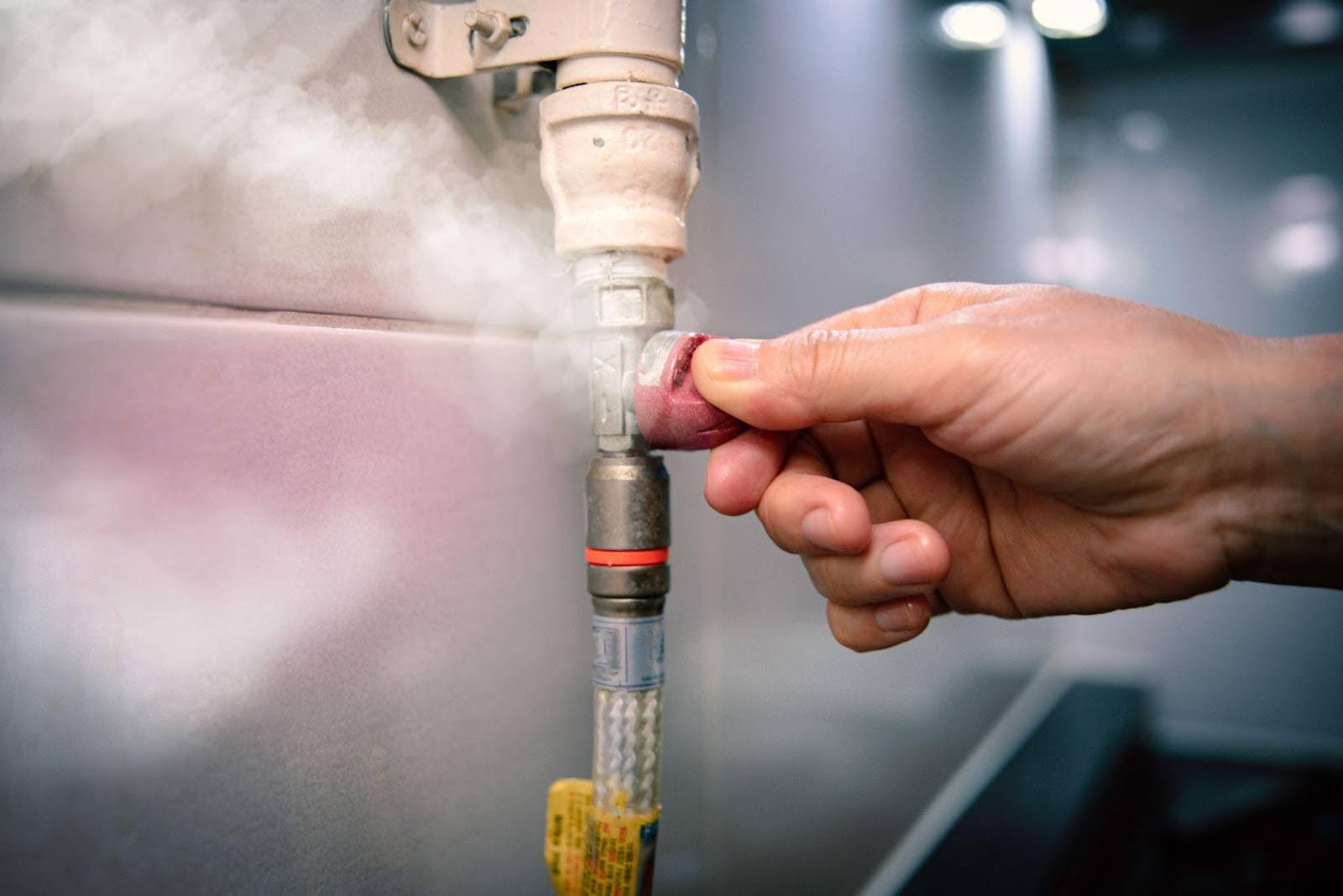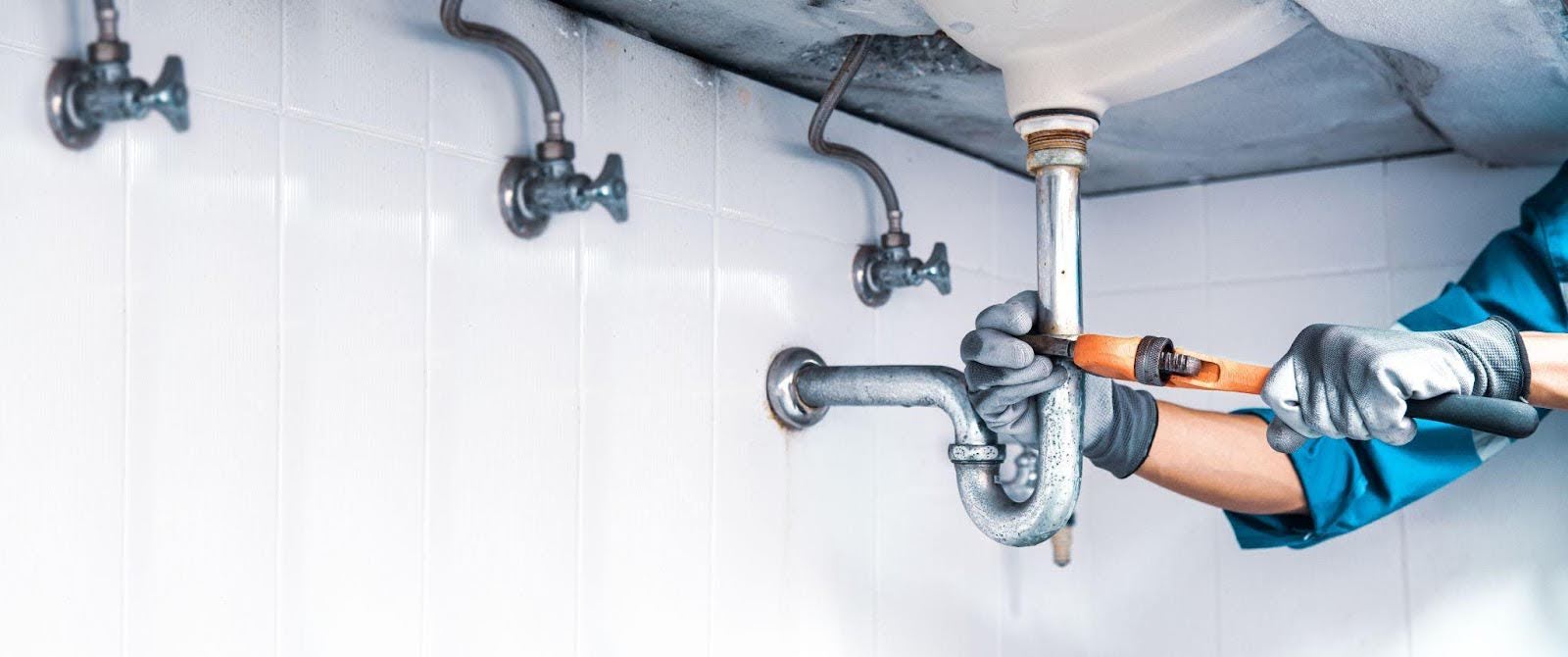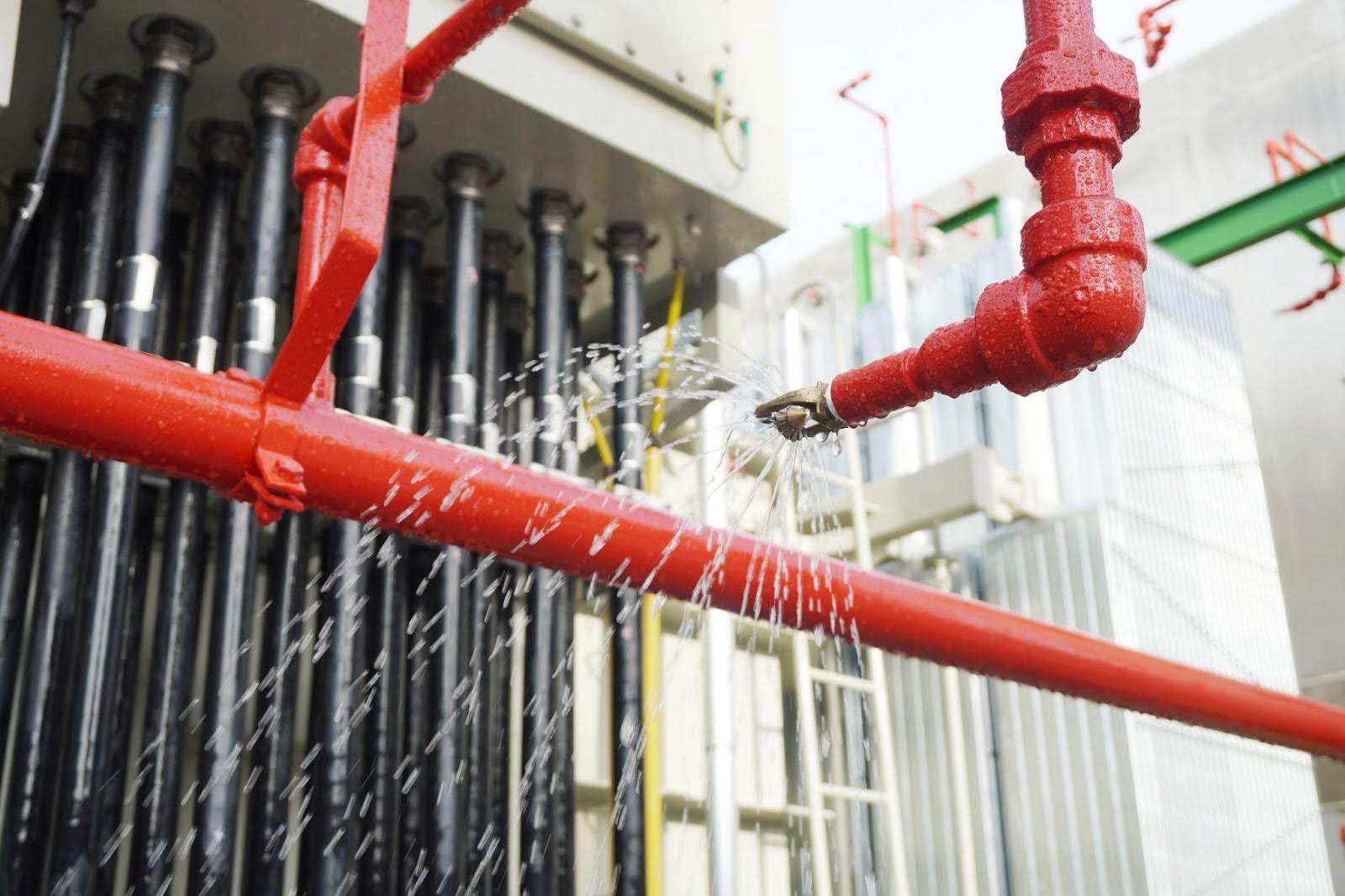Gas lines fuel everything from stoves and water heaters to fireplaces and dryers. A properly installed gas line provides a reliable and efficient energy source, making it a vital component of modern living.
However, professional installation is a must because of the risks involved — such as gas leaks, fire hazards, and carbon monoxide exposure. Only experienced, licensed professionals ensure the gas line is safely installed, adhering to local codes and regulations, and guaranteeing everything runs smoothly.
In this blog, we’ll walk you through the entire gas line installation process. From the initial consultation to the final inspection, you’ll know exactly what to expect, why professional expertise is essential, and how to ensure your new gas system operates safely and efficiently for years to come.
Why you need a gas line installation
Gas line installations are essential for powering various appliances, such as heating systems, stoves, and fireplaces. Whether you’re upgrading to a gas stove for better cooking control or installing a gas-powered fireplace to enhance comfort and ambiance, a reliable gas line delivers the energy you need.
Natural gas is a preferred energy source for many homeowners due to its numerous advantages. It is energy-efficient, provides instant heat for cooking, and quick water or space heating.
Natural gas is often more cost-effective than electric alternatives, helping lower utility bills over time. Moreover, natural gas remains reliable even during power outages, ensuring you continue to cook and heat your home.
Installing gas lines means investing in efficient, dependable, and cost-effective energy solutions that improve both convenience and long-term savings.
Initial consultation and planning
The process begins with a consultation with a professional plumber or gas technician. During this meeting, the expert will assess your home or business to determine if it is suitable for a gas line installation. They will inspect your existing plumbing system, evaluate the property’s structure, and find the best path for the gas line to avoid conflicts with existing systems.
Once the assessment is complete, the technician will proceed with the planning. They will determine the optimal route for the gas line, considering safety, accessibility, and any potential barriers. The technician will also calculate the necessary load requirements to ensure the gas line is the correct size for your needs, whether it’s for heating, cooking, or other appliances.
Finally, the professional will secure the required permits, ensuring the installation complies with all local and state regulations.
The installation process
A professional gas line installation follows a series of essential steps to ensure safe and effective operation. If needed, the process begins with excavation, where professionals dig trenches to lay the pipe underground. This step ensures the line reaches the required location without damaging other utilities.
After excavation (if applicable), technicians run the gas lines either through walls or underground, depending on the layout of your home or business and the placement of gas appliances. This routing ensures a smooth and safe flow of gas to where it’s needed most.
Once the line is in place, the technician connects it to your appliances, such as a stove, furnace, or water heater. Each connection is made with precision to ensure that gas flows safely to each device.
After the installation, the technician tests for leaks and checks the pressure to ensure everything is functioning correctly. This step is vital for safety, as even small leaks can be dangerous. Using specialized tools, technicians will inspect the connections and pressure levels thoroughly.
Depending on the complexity of the job, the installation process can take anywhere from a few hours to a full day. Factors like the distance the line needs to run and the number of appliances being connected can influence the timeline. A professional plumber or gas technician ensures a thorough, safe, and efficient installation.
Safety considerations during installation
During a gas line installation, professionals take critical safety precautions to ensure a secure and efficient process. First, they shut off the gas supply and verify that all connections are secure before any work begins. This action eliminates the risk of accidental gas leaks during the installation.
Professionals prioritize checking for gas leaks throughout the process. After installing the gas line, they test all connections using gas detectors and pressure gauges to confirm that there are no leaks. They ensure that every part of the system is tight and secure, preventing hazardous situations.
Proper ventilation is equally important. Technicians ensure the work area is well-ventilated, particularly in confined spaces like attics, basements, or crawl spaces. This helps prevent gas buildup and ensures safety during installation.
Finally, adherence to safety codes is essential. Professionals follow local building codes and regulations to guarantee the installation complies with legal standards. These codes are in place to protect the safety of the home, its occupants, and the surrounding environment.
Post-installation steps
After completing the installation, the technician takes several essential steps to ensure everything works correctly and safely. First, they test the gas line for leaks using specialized equipment and conduct a pressure test to confirm the line can handle the necessary pressure without any issues. If the line passes the test, the technician moves forward with the next steps.
Next, the technician connects the gas line to your appliances, such as your stove, furnace, or water heater. They verify that each appliance is securely hooked up and functioning properly, ensuring no gas leaks from the connections.
Finally, the technician performs a thorough inspection to double-check the system’s functionality. They conduct a final pressure test and inspect all connections, valves, and the gas line. Once they confirm everything is running smoothly, they clean up the work area and provide you with any necessary documentation, including instructions on how to operate the appliances safely.
Before leaving, the technician ensures you understand how the system works and discusses safety features. They answer your questions and address any concerns, leaving you confident that your new gas line is fully installed and functioning as it should.
Maintenance and ongoing care
Routine maintenance ensures your gas lines stay in good condition and operate safely. Regular checks help prevent major issues and avoid expensive repairs.
Schedule periodic inspections with a professional plumber or gas technician. They will look for potential gas leaks, which pose serious risks, and check for signs of corrosion that can weaken your gas line over time. They also ensure that all connections remain secure.
Check appliances connected to your gas line, such as stoves, water heaters, and furnaces, for proper function. Look for signs of malfunction, like unusual smells or sounds, as they may indicate issues with the gas supply.
Taking these proactive steps ensures your system operates efficiently and safely, giving you reliable service for years to come.
Cost considerations
Several factors influence the cost of installing gas lines. The length of the gas line is one of the primary determinants. The farther the line needs to travel, the higher the cost, as it requires more materials and labor.
Location also plays a critical role in the cost. The cost increases if your property has challenging terrain, such as rocky soil or obstacles that require excavation. Installing the gas line underground or through walls adds to the complexity and price.
The complexity of the installation further impacts costs. Connecting multiple appliances, such as a stove, water heater, or furnace, or requiring custom fittings increases both material and labor costs. Additionally, the type of materials — whether copper, steel, or plastic — can affect the overall price.
Finally, the scope of the work, including any permits, inspections, and local code compliance, will influence the total cost.
While the installation might seem costly, a professional gas line installation ensures safety, long-term efficiency, and peace of mind.

Safe and reliable gas line installation from Salisbury Plumbing
At Salisbury Plumbing, our expert plumbers handle all aspects of professional gas line installation with care and skill. Whether upgrading your heating system, adding a gas stove, or installing a fireplace, we provide safe and reliable service. Trust us for your next gas line installation.
Contact Salisbury Plumbing today to schedule a consultation and ensure your home’s gas system is installed safely and efficiently!
daftar situs gacor situs slot slot online situs slot togel resmi situs toto situs slot situs toto rtp slot toto slot monperatoto slot gacor kampungbet keluaran hk https://idisurabaya.org/ situs slot toto slot slot gacor kampungbet data macau rtp slot situs toto kampungbet situs hk bento4d toto slot slot terpercaya toto slot toto slot toto slot toto slot bento4d toto slot slot thailand situs slot gacor toto togel toto slot slot online situs toto situs togel bento4d login toto slot situs gacor bento4d togel toto slot toto slot toto togel situs toto data macau bento4d slot gacor hari ini slot gacor






